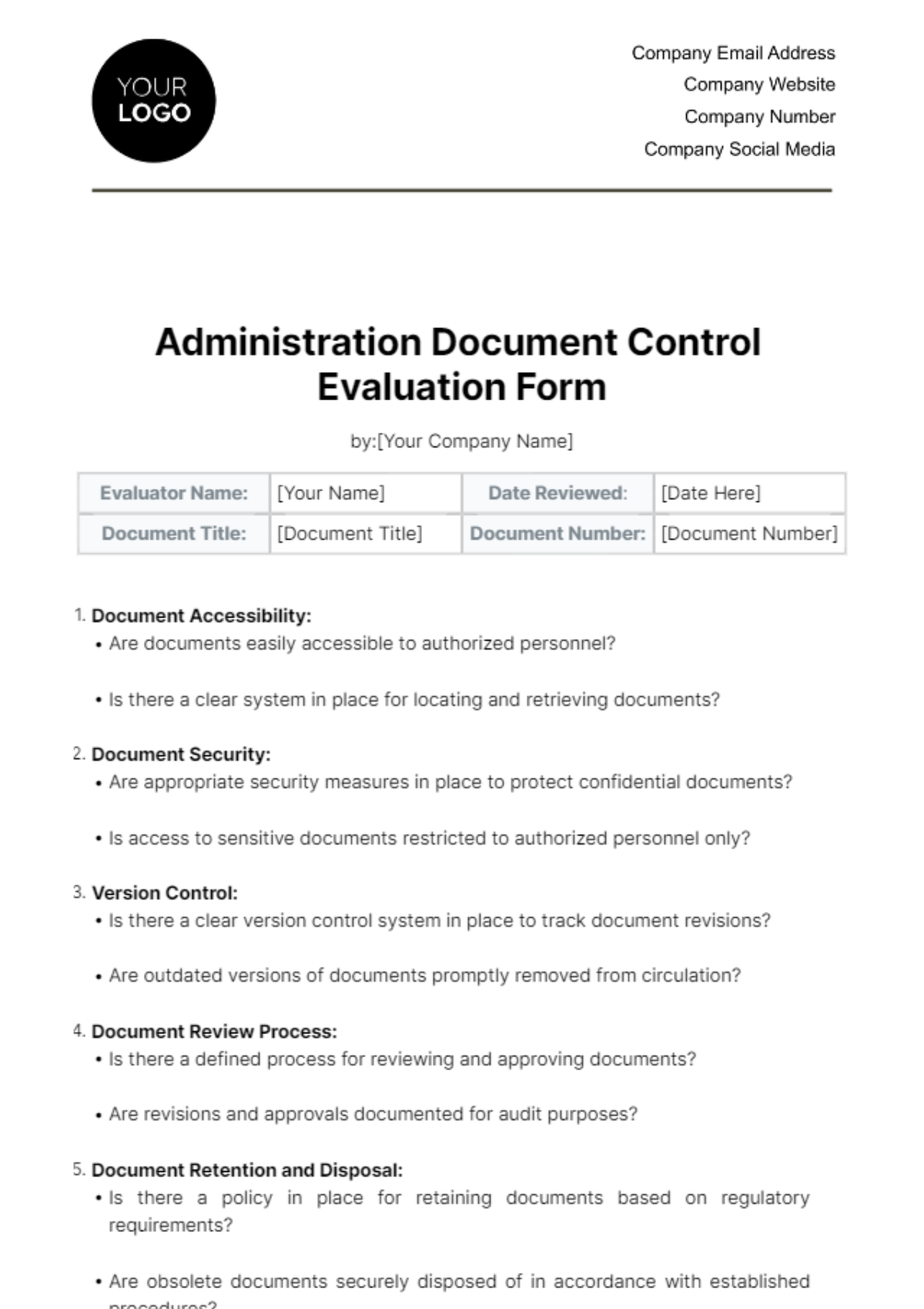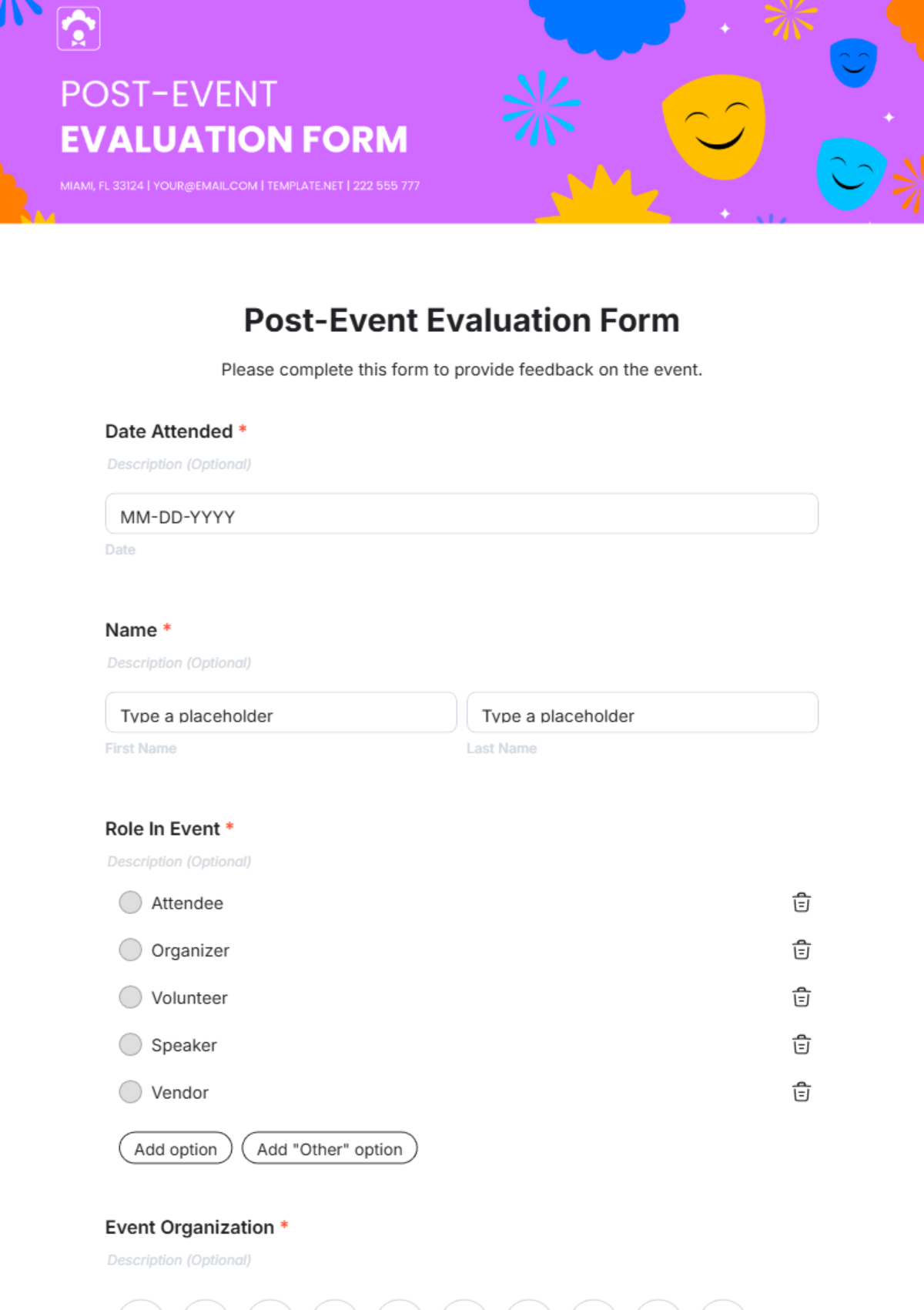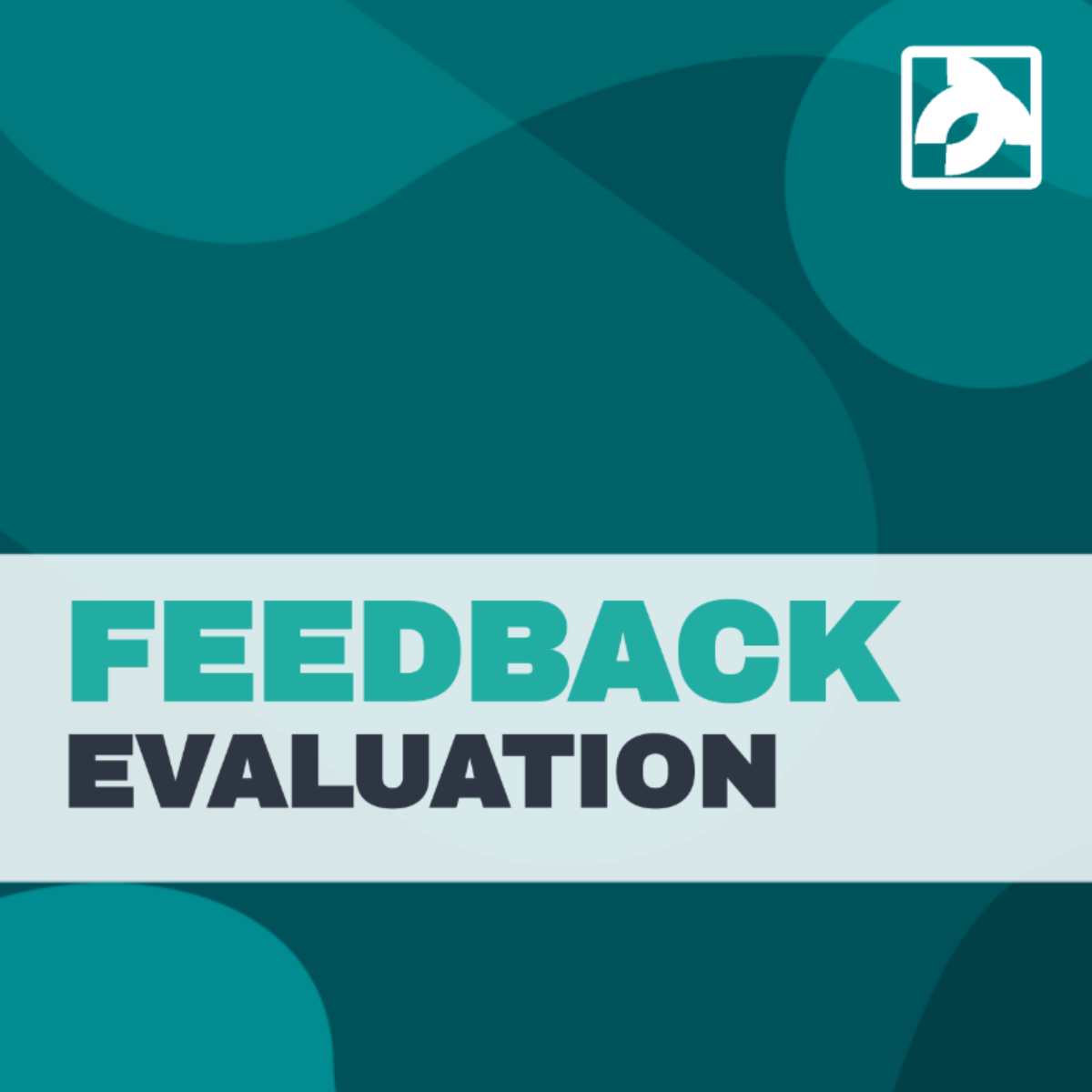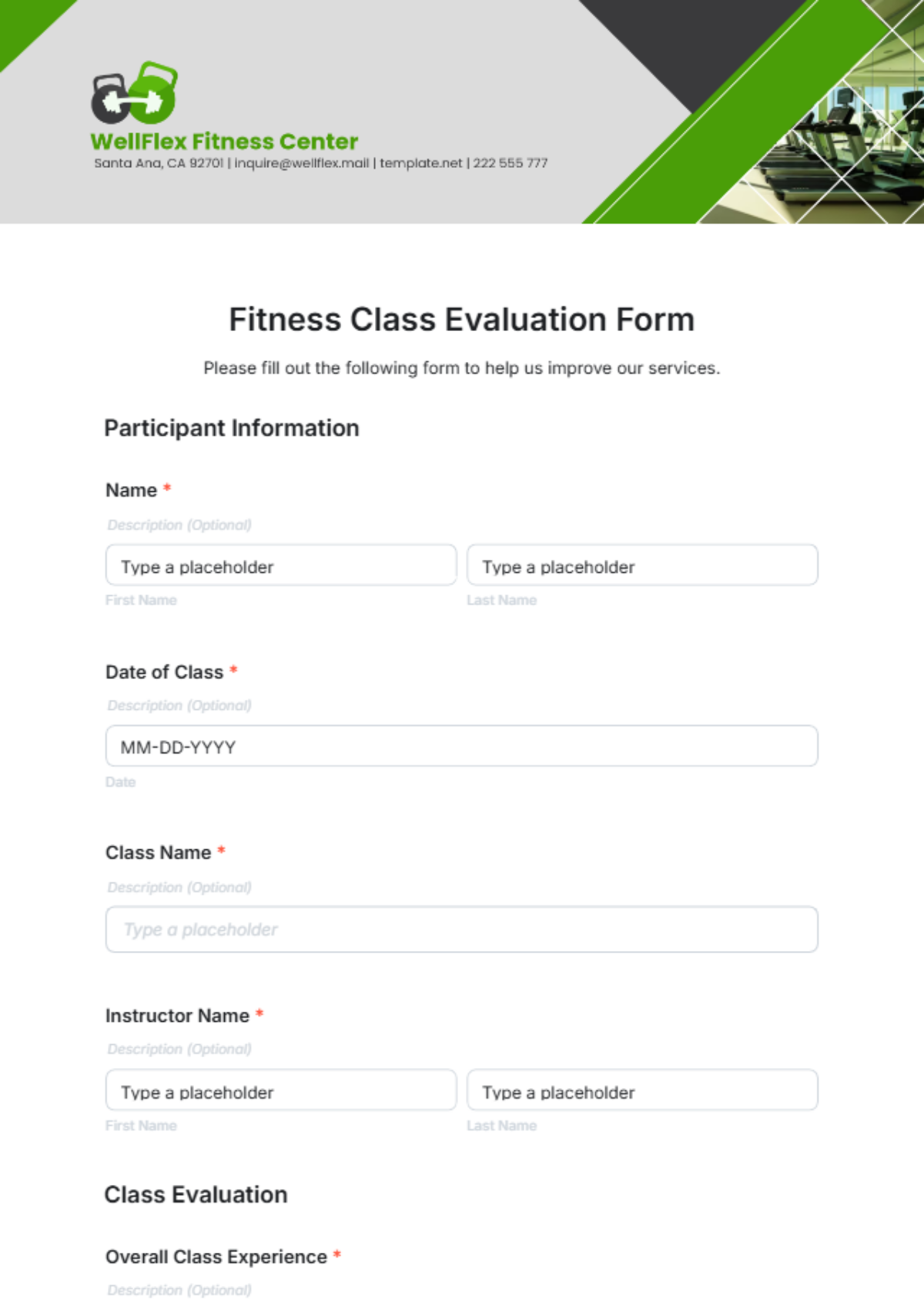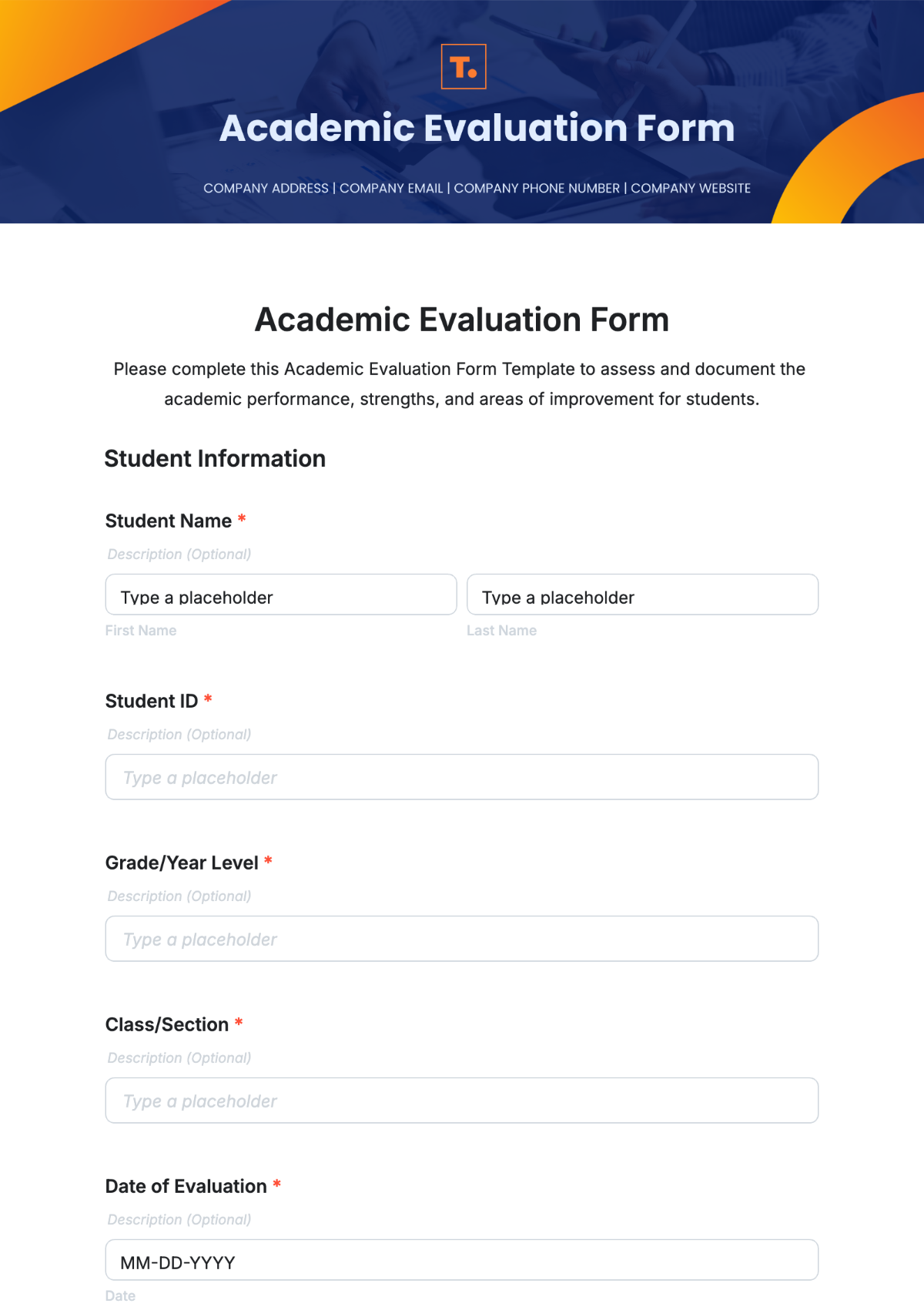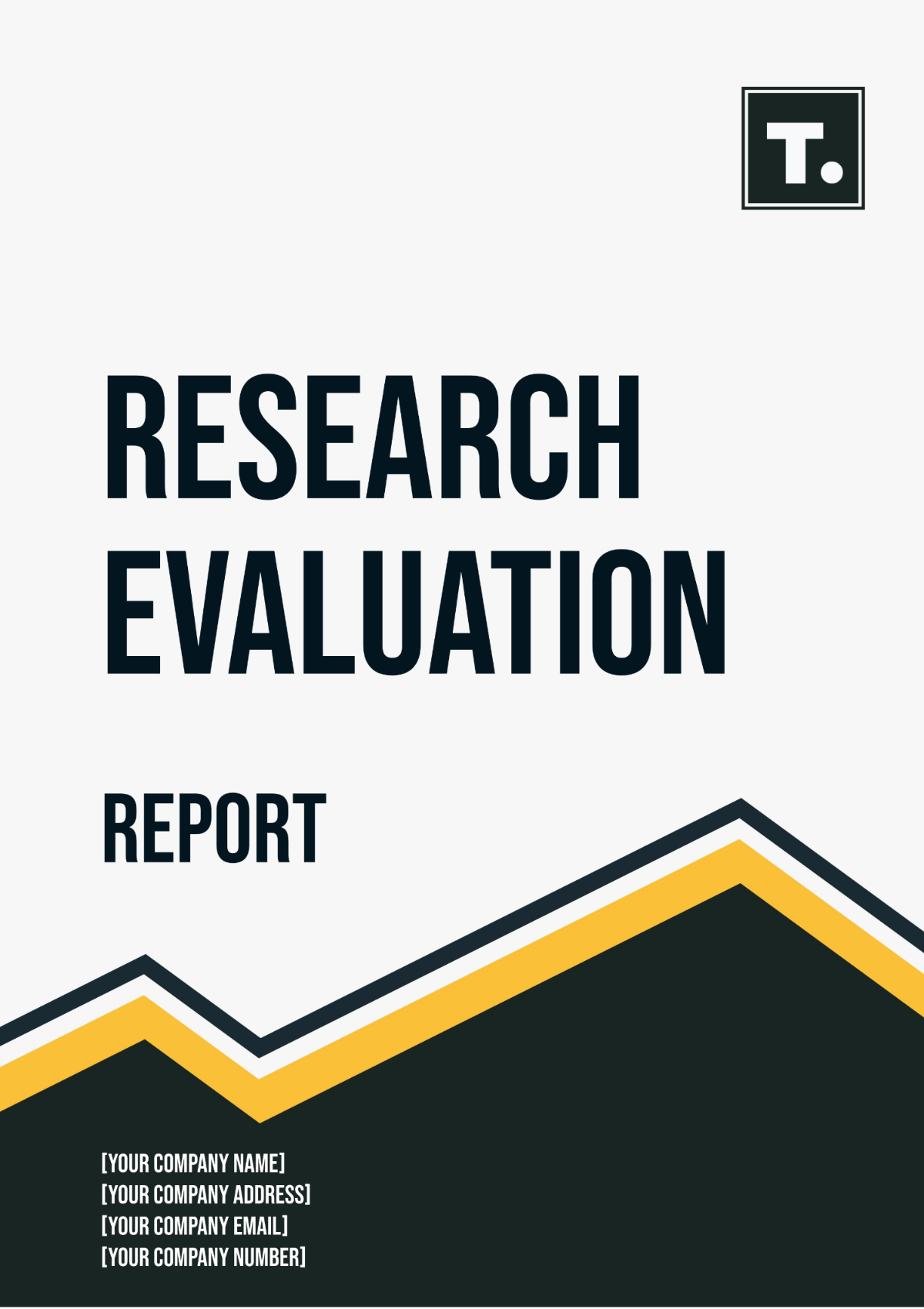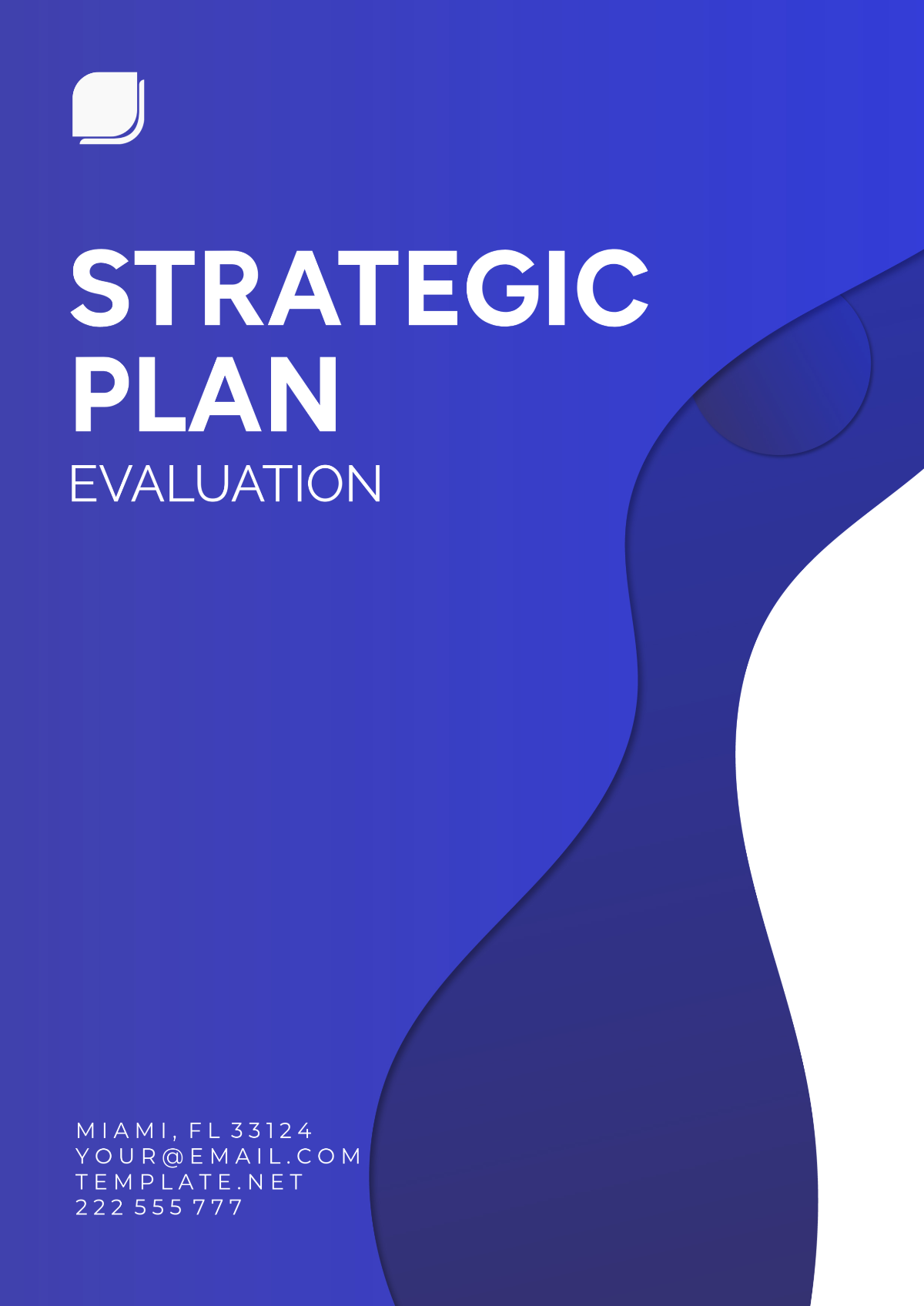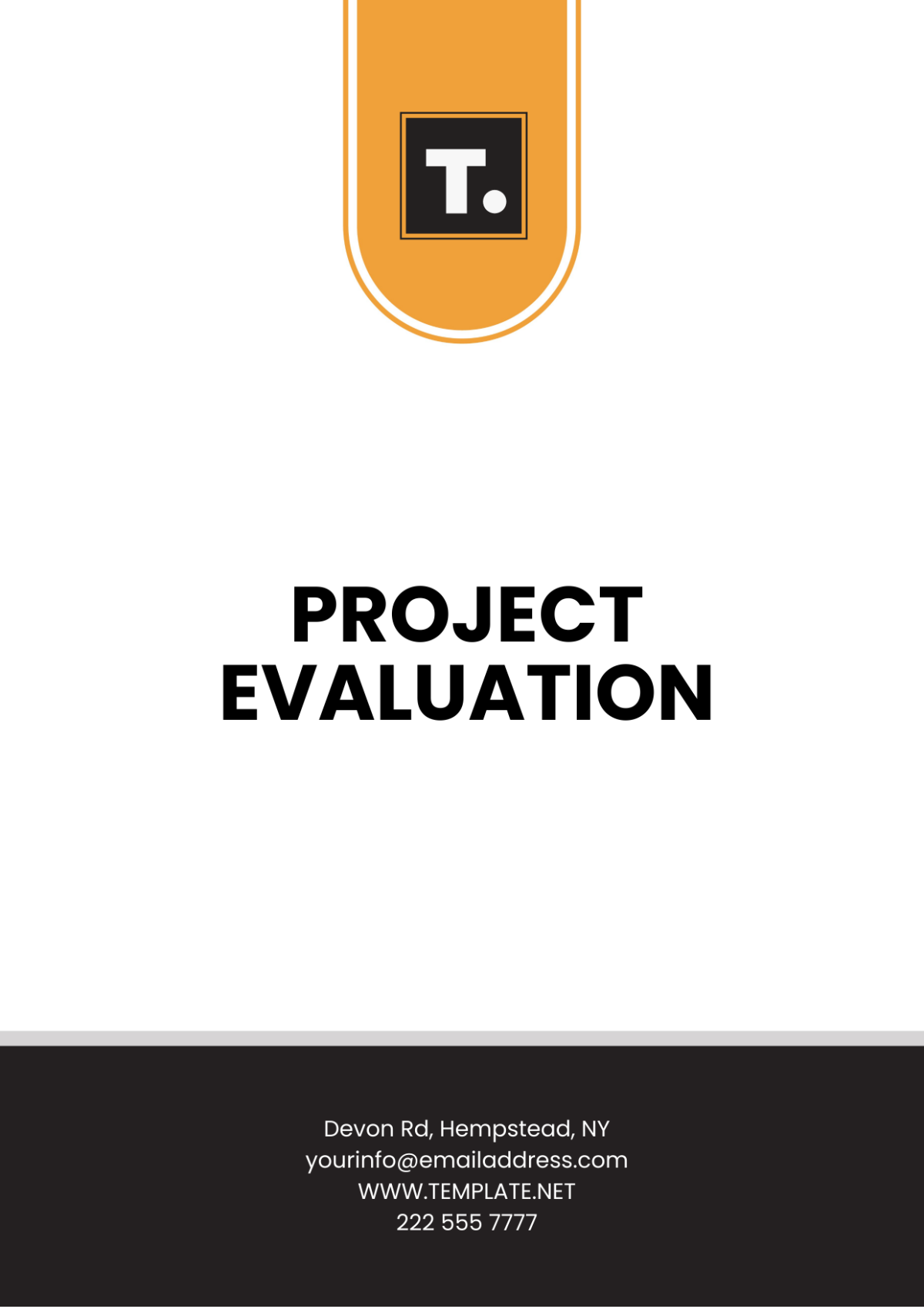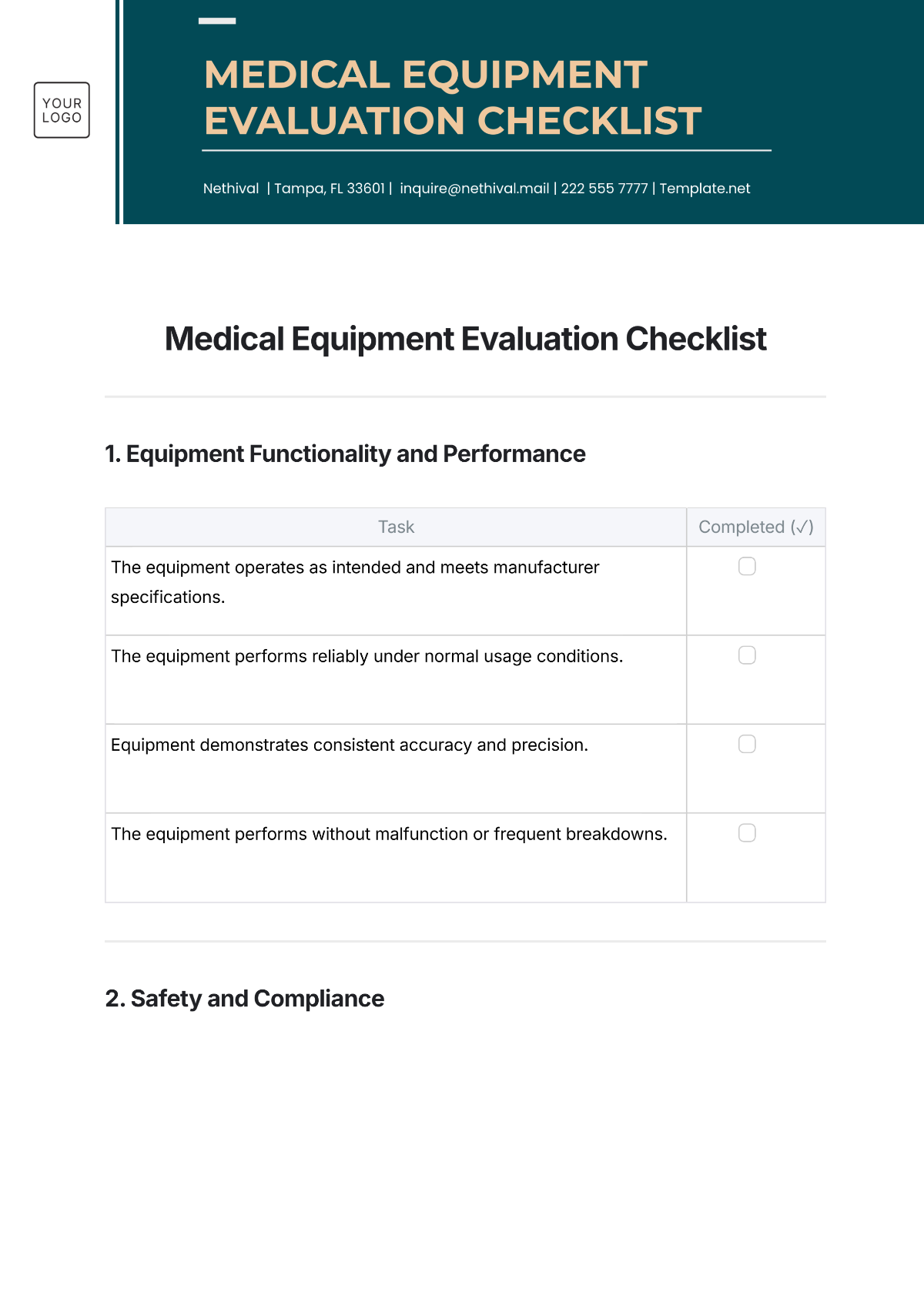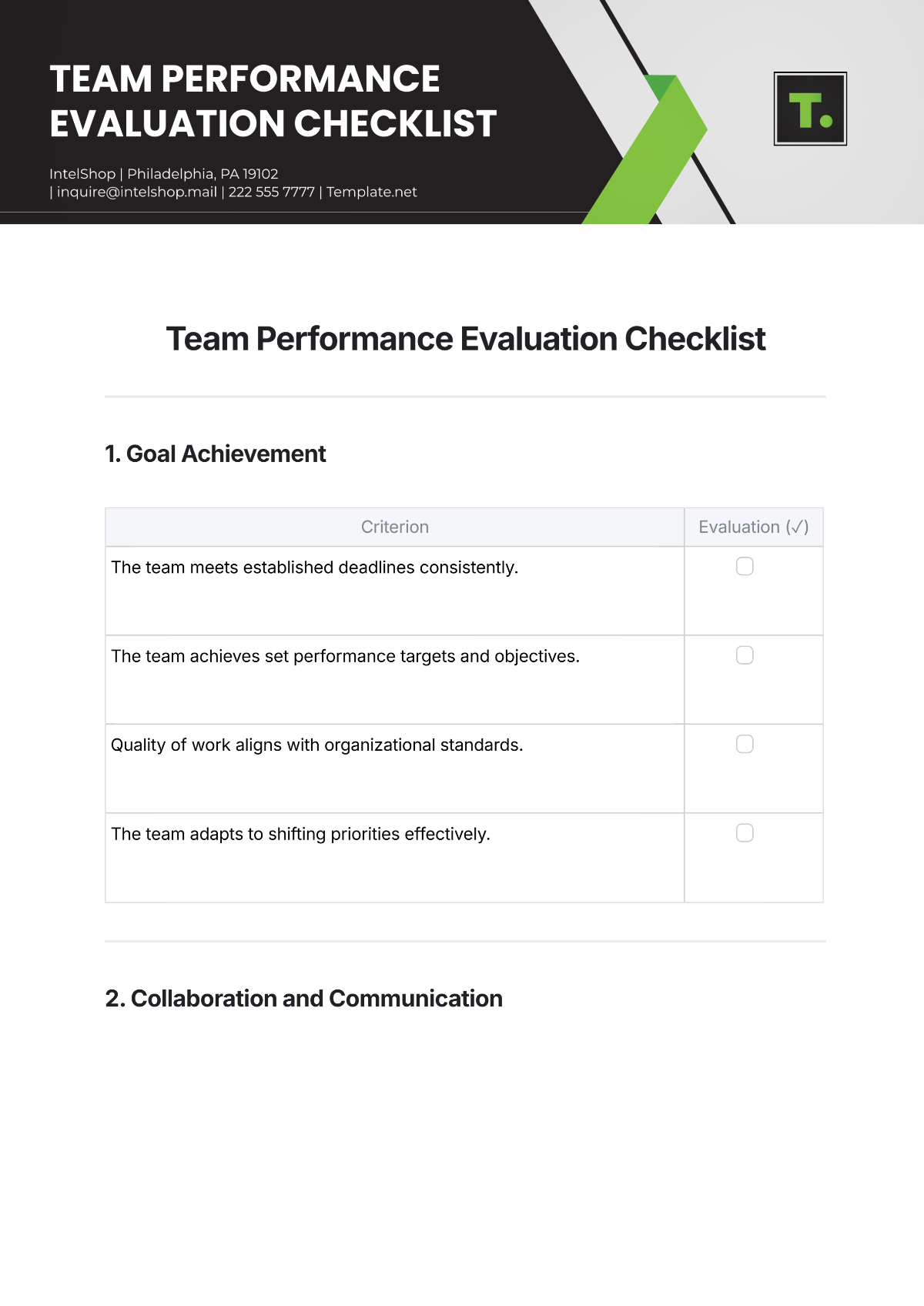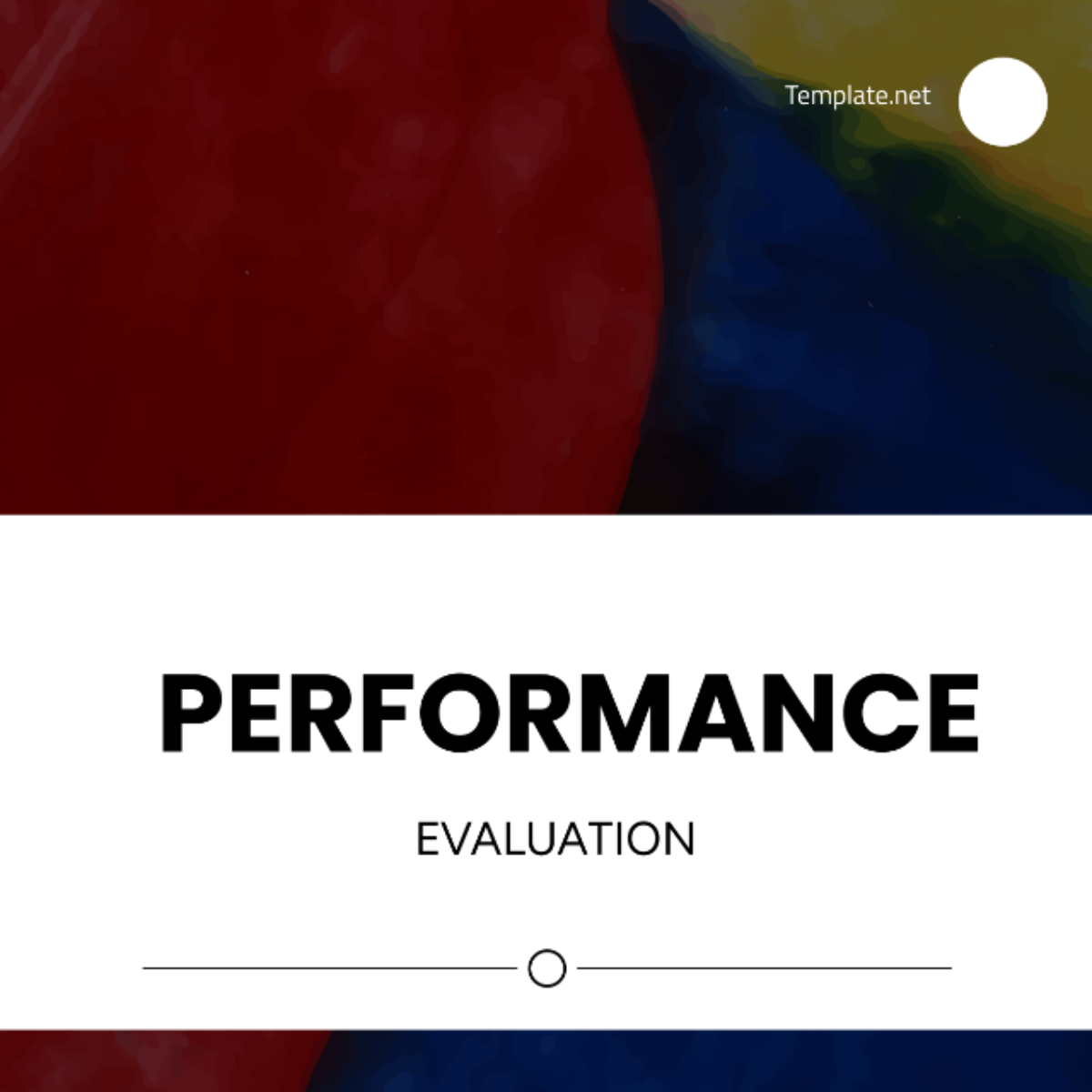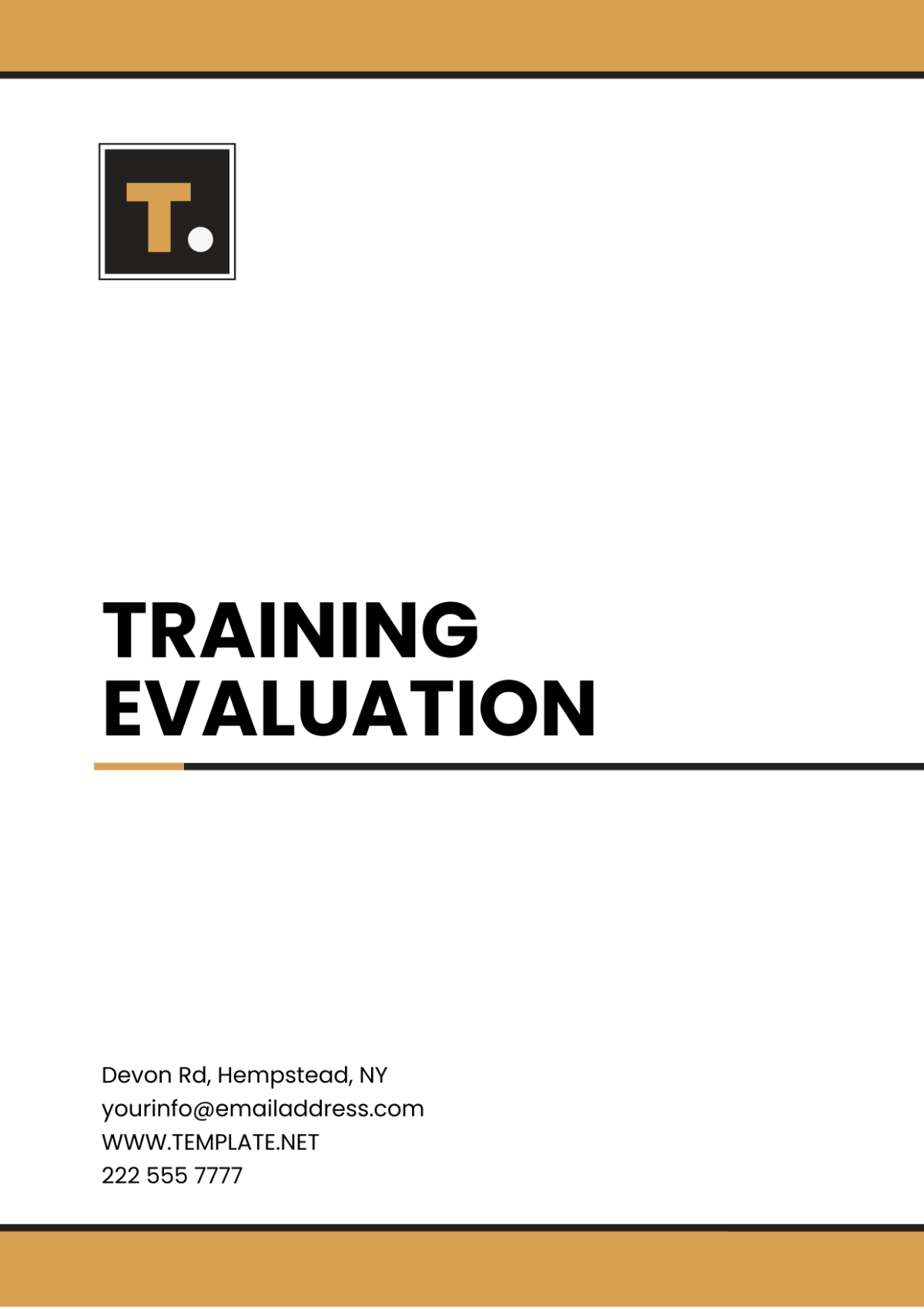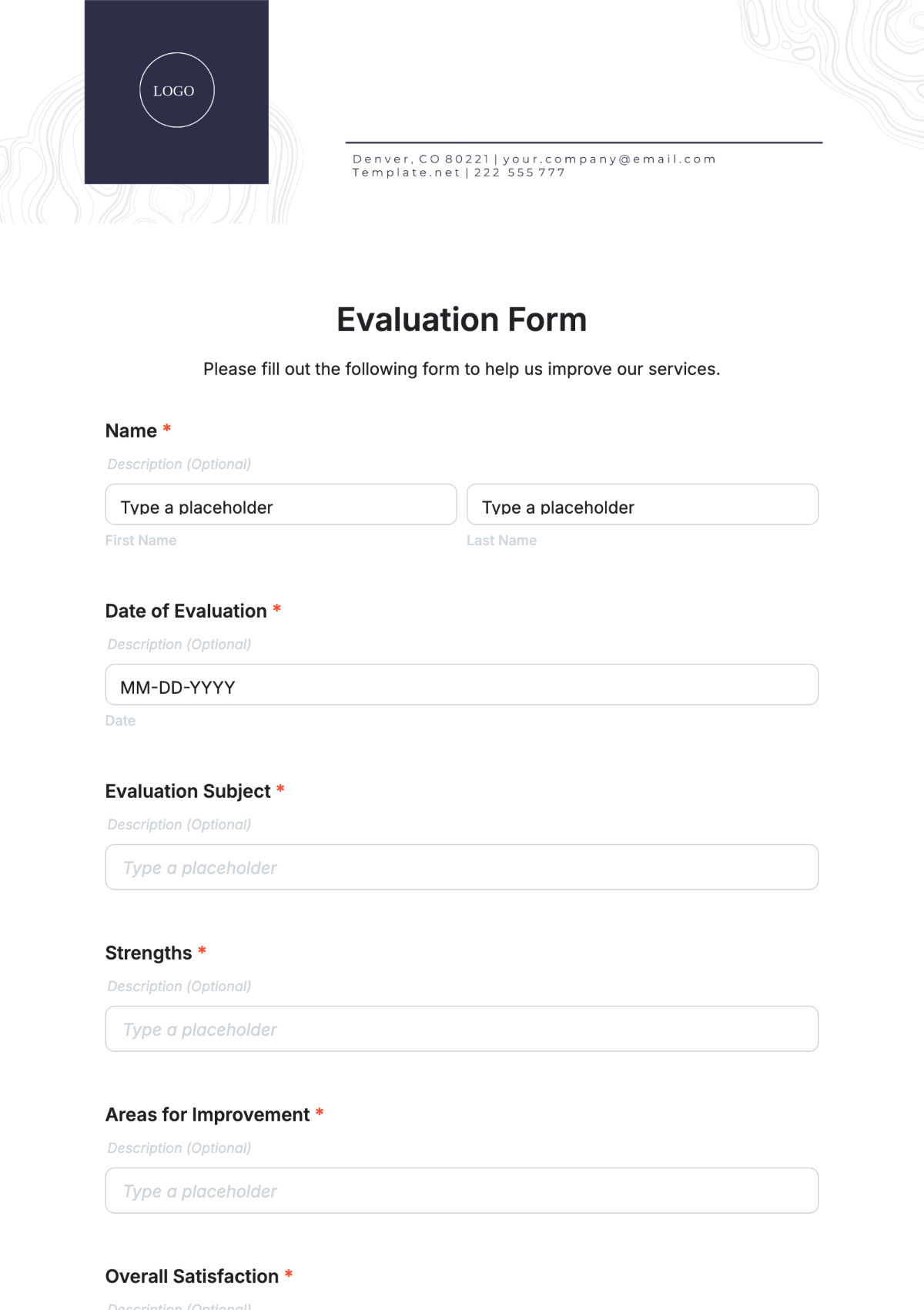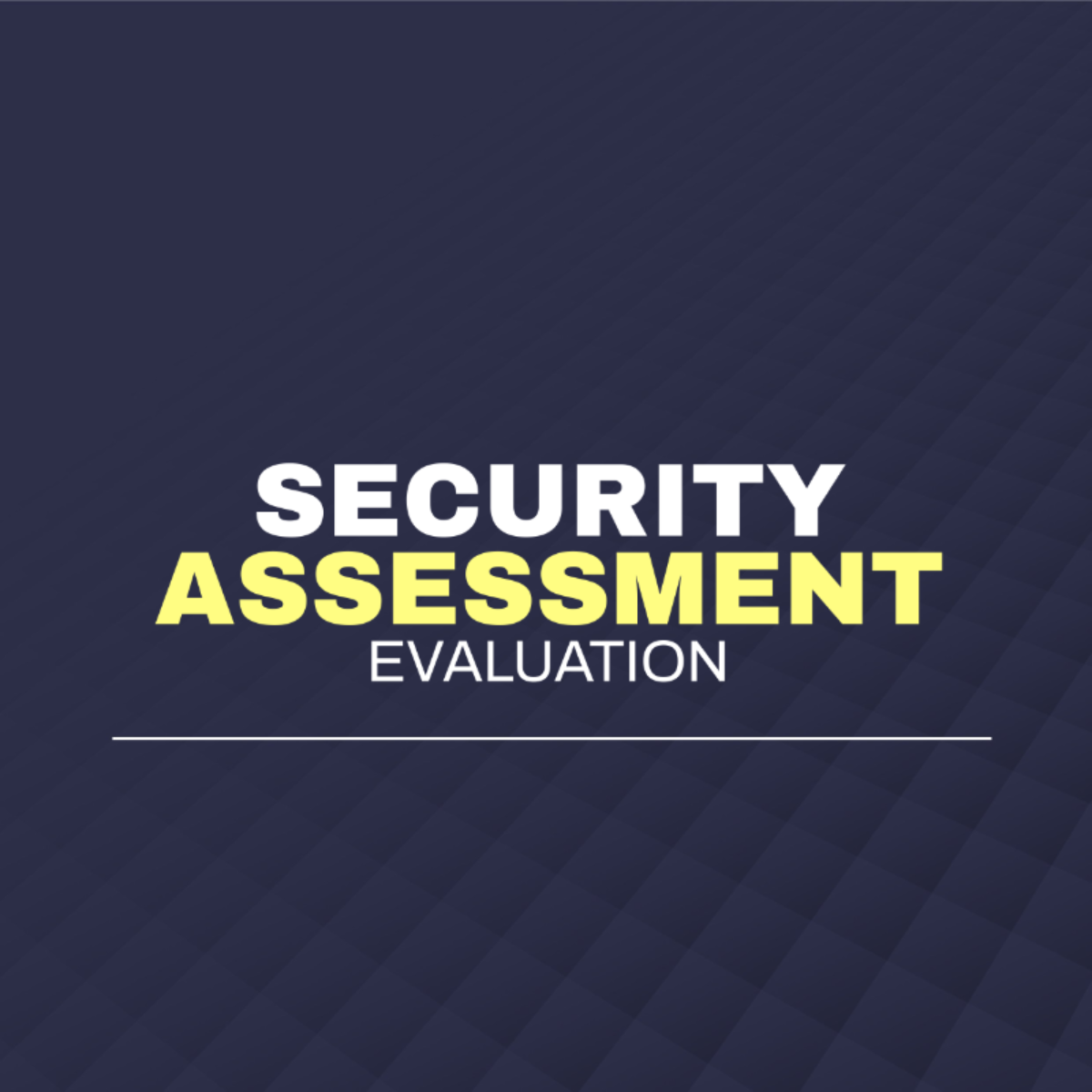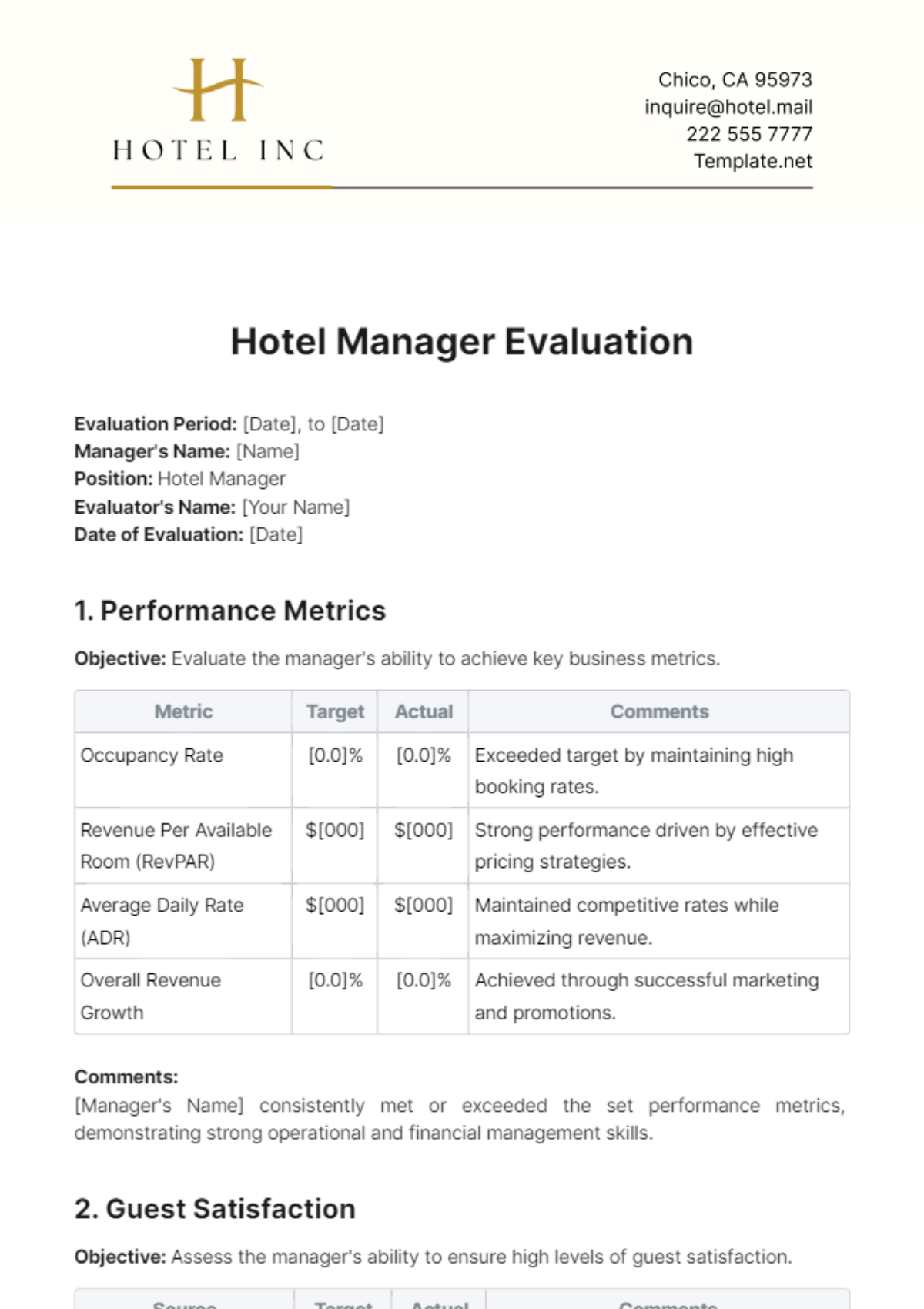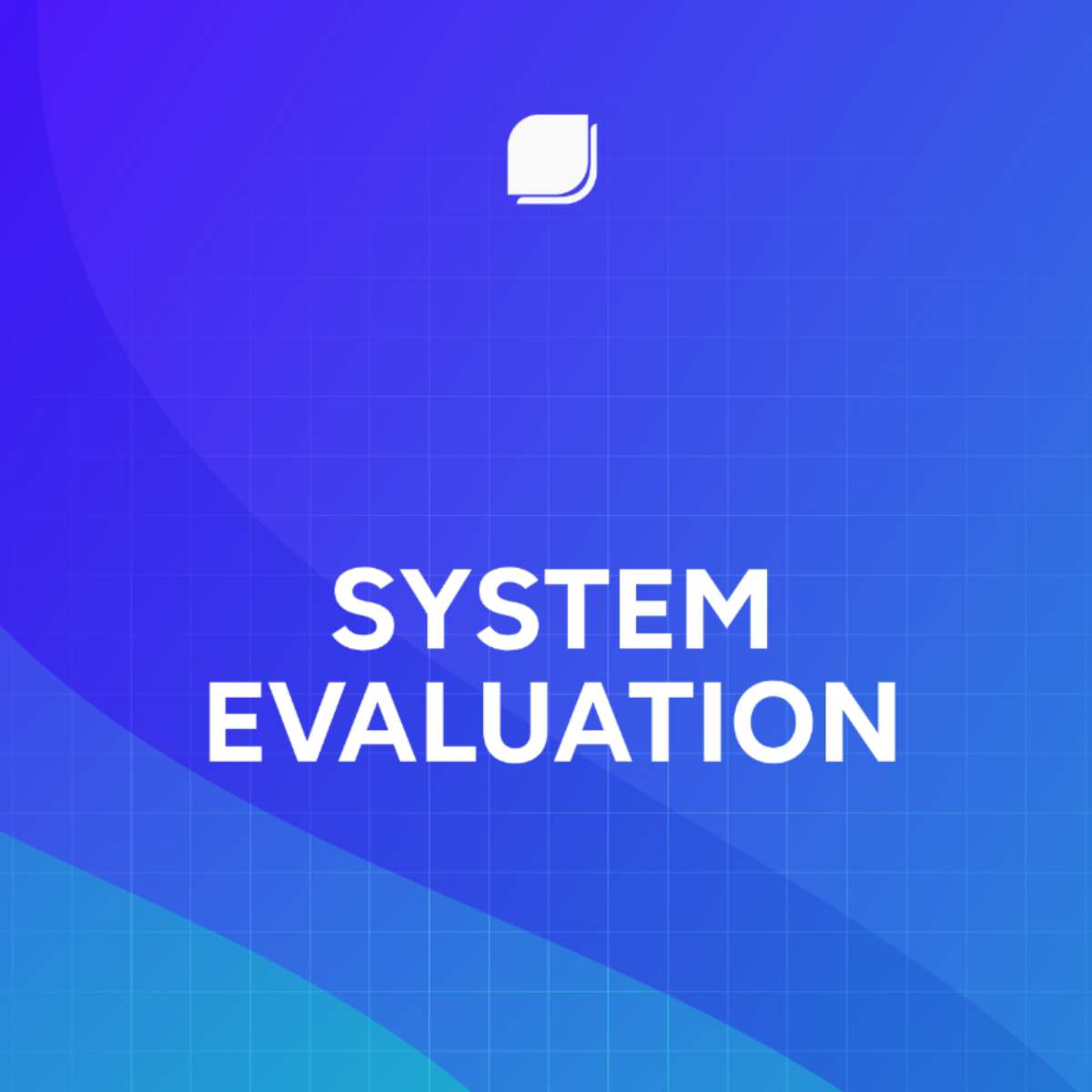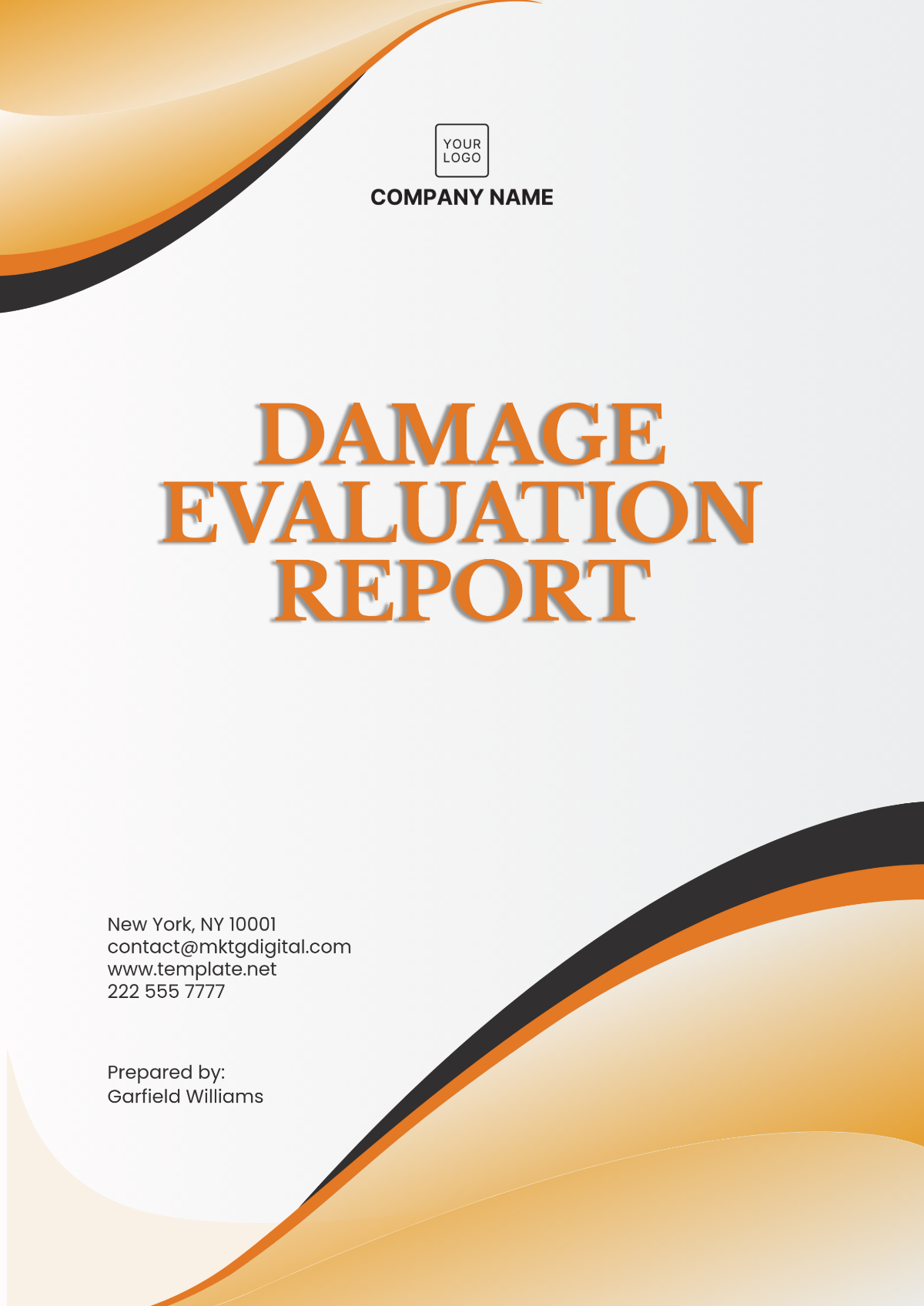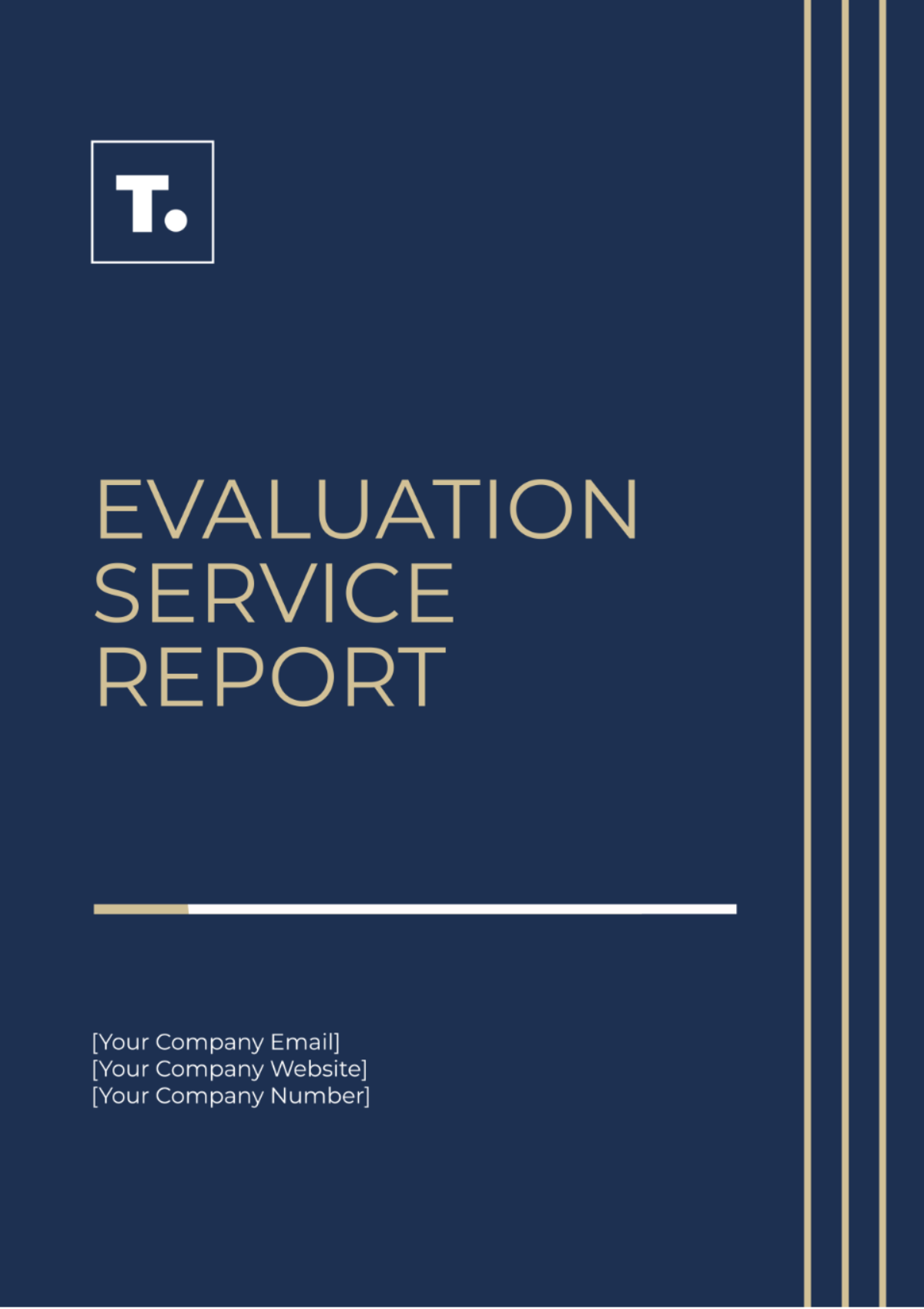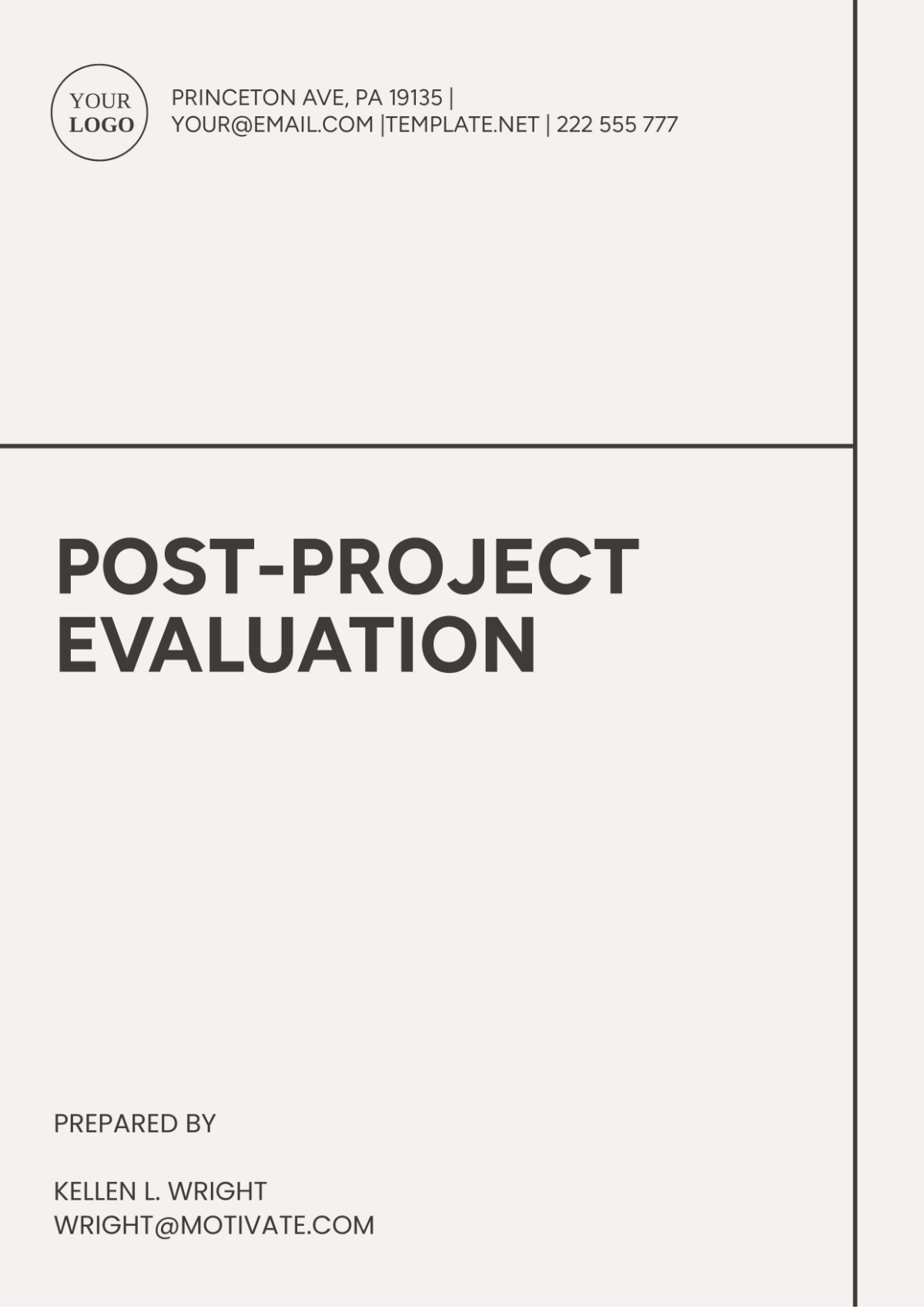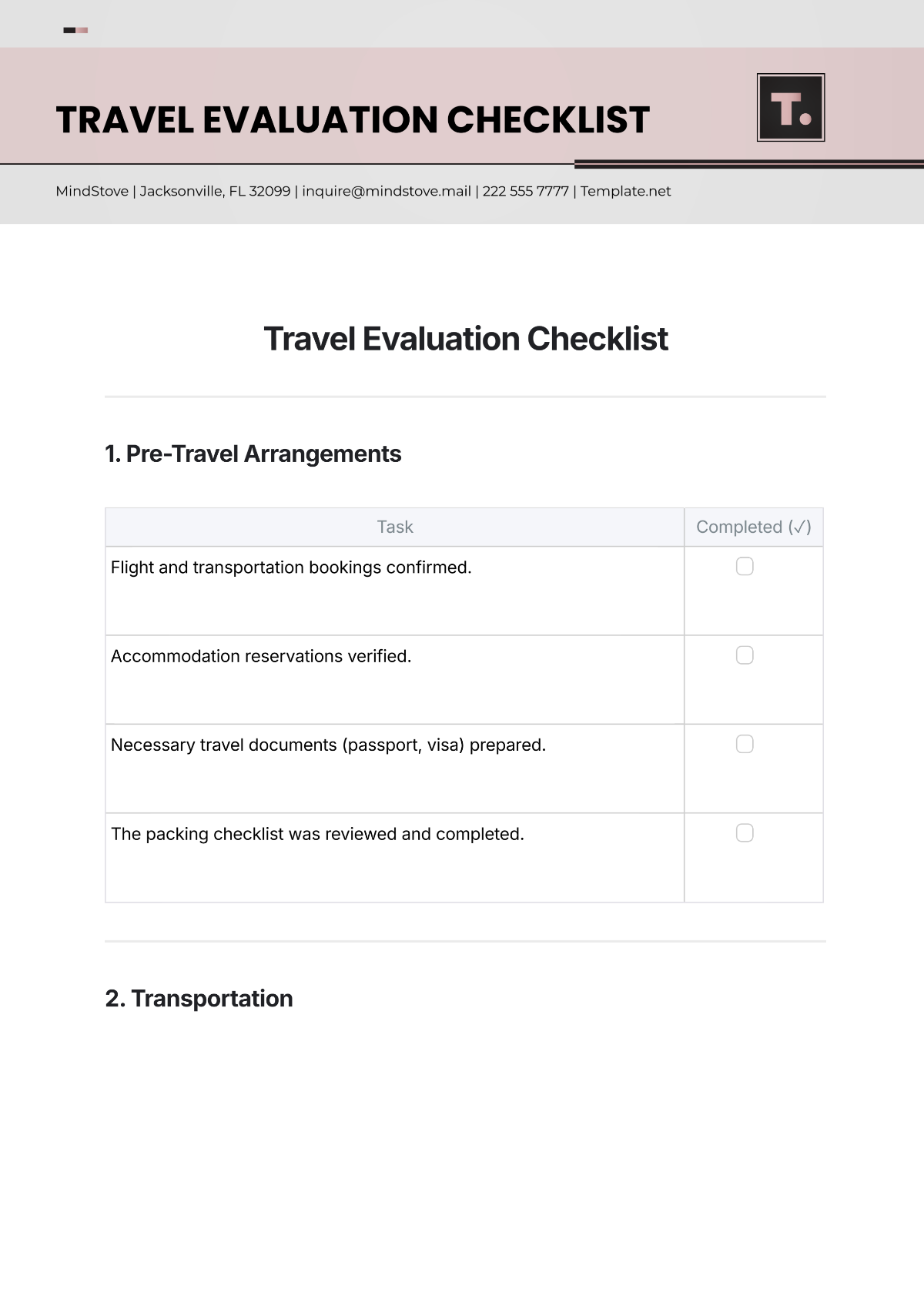Journal Article Evaluation
Evaluation: An In-Depth Exploration
Written By: [Your Name]
Introduction
Evaluation is a critical process in nearly every field of human endeavor, ranging from education and healthcare to business and technology. It serves as a mechanism for understanding the effectiveness, quality, and value of programs, products, and services. At its core, evaluation is about making judgments based on collected data and established criteria, guiding future decisions and improvements. This article explores the various types, methods, and challenges associated with evaluation, as well as its importance in different contexts.
Defining Evaluation
Evaluation is the systematic assessment of the design, implementation, or outcomes of an initiative, project, or program to make informed decisions. It involves collecting relevant information and comparing it to predetermined standards or objectives. The purpose of the evaluation is not merely to assess what has been achieved but also to identify gaps, offer recommendations, and ensure accountability.
There are several key dimensions of evaluation, including:
Formative Evaluation: Conducted during the development or implementation phase of a program to provide ongoing feedback and improve processes.
Summative Evaluation: Carried out after a program or initiative to assess its overall impact or effectiveness.
Process Evaluation: Focuses on how a program or project was implemented, assessing the procedures, resources, and activities involved.
Outcome Evaluation: Examines the long-term results or outcomes, determining whether the initial objectives were met.
Each type serves a specific purpose, and depending on the context, one type may be more suitable than another.
The Importance of Evaluation
Evaluation plays a pivotal role in various sectors, enabling organizations and stakeholders to:
Measure Success: By setting clear benchmarks, organizations can determine whether their goals have been met. This is especially important in sectors like education and healthcare, where outcomes directly affect individuals' well-being.
Improve Quality: Through continuous evaluation, organizations can refine and enhance their operations, services, or products. Formative evaluations are particularly useful in this regard, as they provide real-time feedback for iterative improvements.
Ensure Accountability: Evaluation holds organizations accountable to stakeholders, funders, and the public. It ensures that resources are used effectively and that promises are fulfilled. For instance, in government programs, summative evaluations are essential for justifying continued investment.
Inform Decision-Making: Evaluation supplies decision-makers with empirical data, reducing uncertainty and guiding future strategies. In the corporate world, evaluation is essential for product development and market strategies.
Facilitate Learning: Both individuals and organizations benefit from evaluation by learning what works and what doesn’t. It fosters a culture of continuous learning and adaptation, promoting long-term success.
Methods of Evaluation
Evaluation methods vary depending on the purpose, resources available, and the nature of what is being evaluated. Common methods include:
Qualitative Methods
Qualitative evaluation focuses on understanding the experiences, opinions, and feelings of participants. It often involves open-ended questions, interviews, focus groups, and case studies. This approach is beneficial when the goal is to explore in-depth perspectives and provide nuanced insights that quantitative data may not capture.
Interviews: One-on-one or group interviews allow evaluators to gather detailed responses and explore complex issues.
Focus Groups: A guided group discussion provides insight into collective views and shared experiences.
Case Studies: An in-depth analysis of a particular instance or case can reveal valuable insights into broader patterns or trends.
Quantitative Methods
Quantitative evaluation uses numerical data to measure outcomes, performance, and impact. Surveys, tests, and statistical analysis are commonly employed to gather and interpret this data. Quantitative evaluation is particularly useful for large-scale assessments where the goal is to produce generalizable findings.
Surveys: A structured questionnaire collects data from a large number of respondents, allowing for statistical analysis of trends and patterns.
Experimental Designs: Controlled experiments help determine cause-and-effect relationships between variables.
Statistical Analysis: Data is analyzed to reveal patterns, correlations, and significance, often through regression, correlation, or other advanced statistical techniques.
Mixed Methods
Mixed methods evaluation combines both qualitative and quantitative approaches to offer a more comprehensive view. For example, a project might use surveys to gather broad data and then follow up with interviews to gain a deeper understanding.
Comparative Approaches
Benchmarking: This approach compares performance with established standards or similar programs, often used in business and industry.
Cost-Benefit Analysis: Evaluators assess whether the financial and human resources invested in a project are justified by the outcomes. This method is especially useful in government and non-profit sectors.
Challenges in Evaluation
While evaluation is a powerful tool, it comes with a set of challenges that evaluators must navigate:
Defining Clear Objectives
Without well-defined objectives, it is difficult to measure success or failure. Vague goals lead to inconclusive or irrelevant evaluation findings. Clear, measurable objectives should be set at the outset of any project.
Data Collection
Data collection can be time-consuming and resource-intensive, especially in large-scale evaluations. There are also issues of data accuracy, reliability, and validity. If the data collected is not representative or is subject to bias, the evaluation results may be skewed.
Stakeholder Engagement
Ensuring stakeholder buy-in is crucial, but different stakeholders may have conflicting interests. Balancing these interests while maintaining objectivity is a delicate task. Involving stakeholders in the design and execution of the evaluation can help to mitigate resistance and ensure more meaningful results.
Ethical Considerations
Evaluation often involves human subjects, which raises ethical concerns regarding consent, confidentiality, and fairness. For example, in healthcare evaluations, patient privacy must be protected at all times. Ethical evaluation practices also involve transparency in reporting results, especially when negative outcomes are uncovered.
Contextual Factors
Evaluation results can be influenced by external factors such as economic conditions, political changes, or cultural differences. These factors may obscure the true impact of a project or initiative. For instance, an educational program may show mixed results due to economic disparities in the region being evaluated.
Applications of Evaluation Across Sectors
Education
In education, evaluation is essential for assessing student learning outcomes, teacher effectiveness, and curriculum design. Standardized tests, classroom assessments, and program evaluations help determine whether educational goals are being met. Increasingly, formative evaluation methods like continuous feedback are being used to improve teaching and learning processes in real-time.
Healthcare
Healthcare evaluation examines the efficacy of treatments, the efficiency of healthcare delivery, and patient satisfaction. Evaluations in healthcare can range from clinical trials to assess medical interventions to patient surveys that measure the quality of care. Outcome evaluations are particularly critical, as they directly impact patient health and well-being.
Business and Industry
In business, evaluation is central to product development, marketing strategies, and organizational efficiency. Companies use evaluation to determine the success of new products, employee training programs, and customer service initiatives. Metrics such as return on investment (ROI), market share, and customer feedback are commonly used in business evaluations.
Government and Non-Profits
Government agencies and non-profit organizations rely heavily on evaluation to ensure accountability and effectiveness in public programs. Evaluations in this sector often focus on social impact, cost-effectiveness, and policy outcomes. For instance, a government-funded public health campaign might be evaluated to determine its success in changing behaviors or improving health outcomes.
Conclusion
Evaluation is an indispensable tool for measuring success, ensuring accountability, and driving continuous improvement across various sectors. By employing both qualitative and quantitative methods, evaluations can provide a comprehensive picture of a program or initiative's strengths and weaknesses. However, evaluators must be mindful of the challenges they face, including defining clear objectives, engaging stakeholders, and addressing ethical considerations.
As organizations increasingly recognize the value of data-driven decision-making, the role of evaluation continues to grow in importance. Whether in education, healthcare, business, or government, effective evaluation helps organizations maximize their potential, improve outcomes, and make informed, evidence-based decisions for the future.






